11ZA-1.58型空气压缩机曲轴铣键槽夹具设计(含全套CAD及三维图纸)
收藏
资源目录

压缩包内文档预览:
编号:6121352
类型:共享资源
大小:6.59MB
格式:ZIP
上传时间:2017-11-23
上传人:机****料
认证信息
个人认证
高**(实名认证)
河南
IP属地:河南
50
积分
- 关 键 词:
-
11
十一
za
空气压缩机
曲轴
键槽
夹具
设计
全套
cad
三维
图纸
- 资源描述:
-
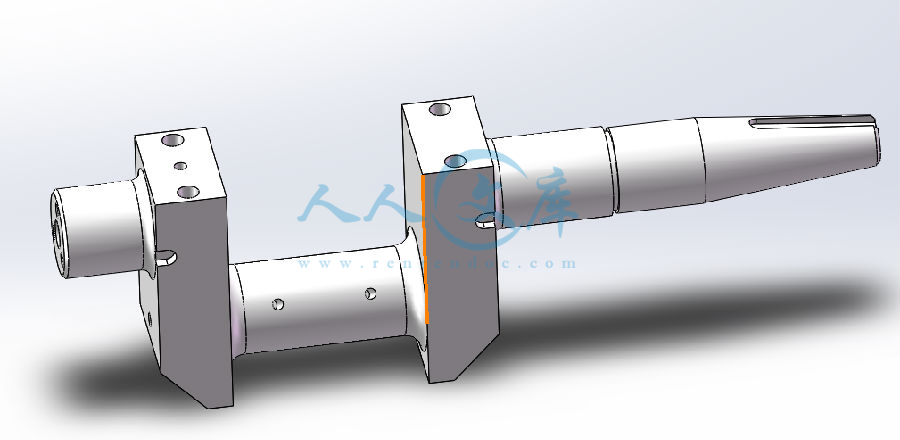
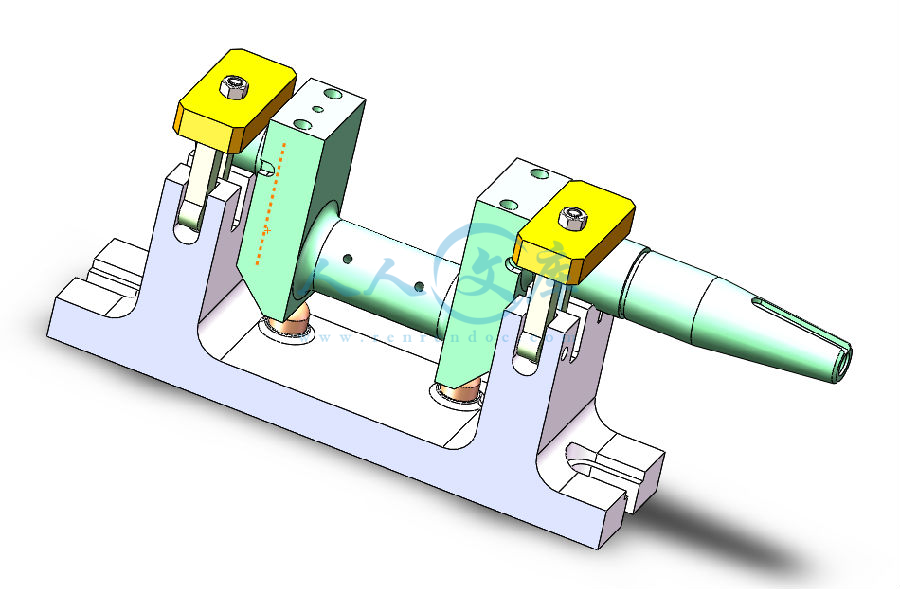
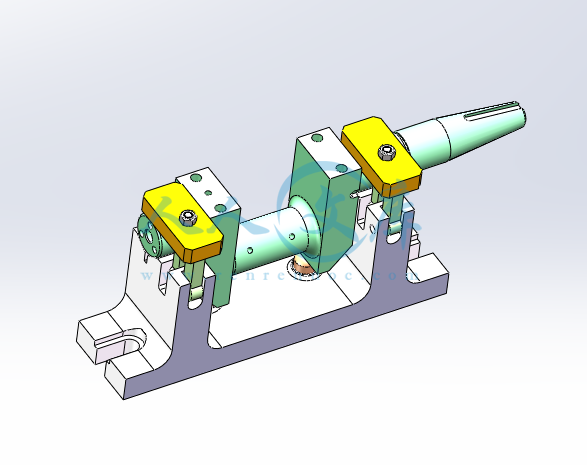

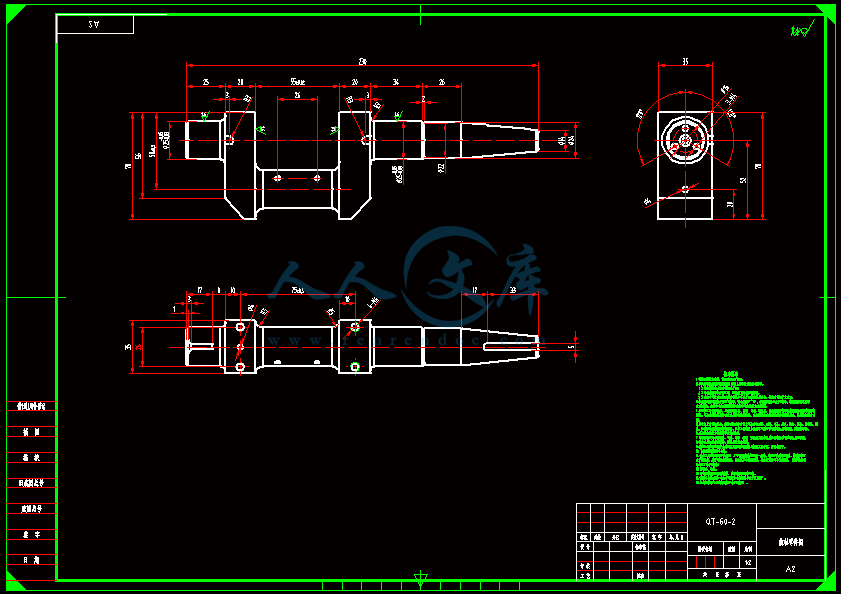
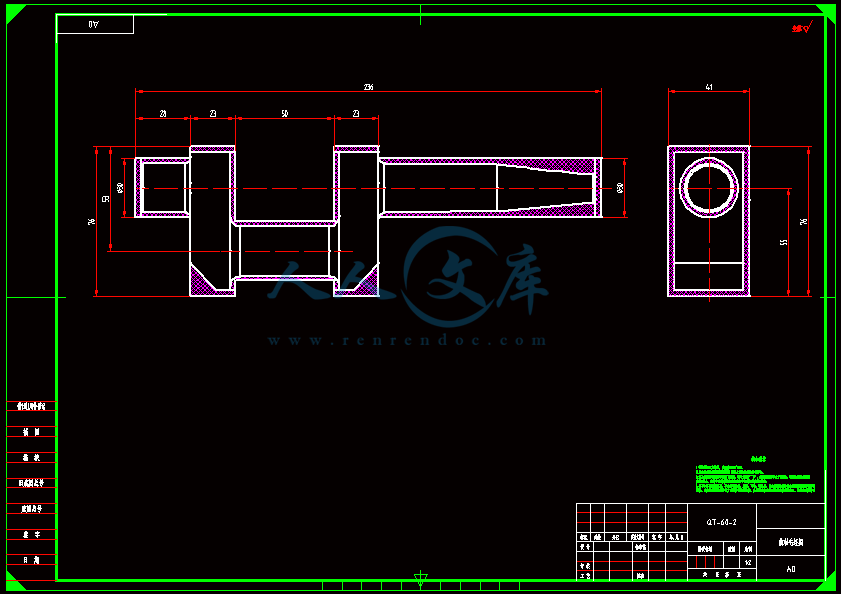
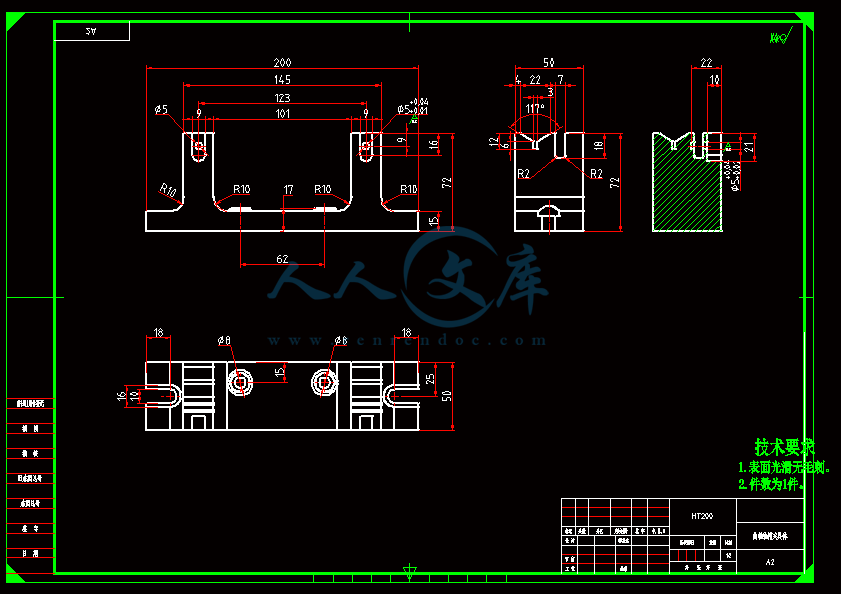

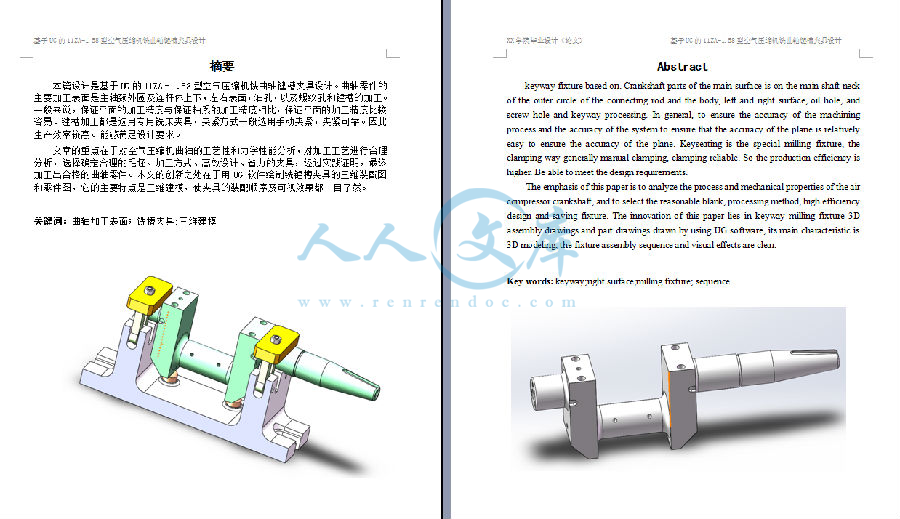

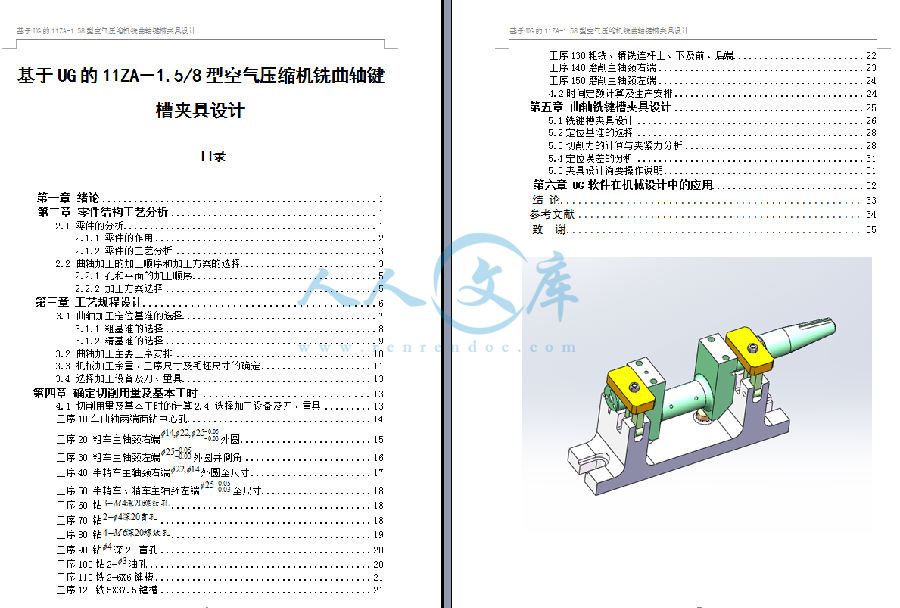
- 内容简介:
-
G. Seliger et al. (eds.), Advances in Sustainable Manufacturing: Proceedings of the 8th Global Conference 149 on Sustainable Manufacturing, DOI 10.1007/978-3-642-20183-7_22, Springer-Verlag Berlin Heidelberg 2011 Methodology for High Accuracy Installation of Sustainable Jigs and Fixtures J. Jamshidi, P.G. Maropoulos Department of Mechanical Engineering, University of Bath, UK Abstract The ability to accurately measure the components of jigs and fixtures during their installation determines the state of their precision, especially for large size products and applications. This matter is crucial in mass customisation where small batches of products and components with high variety in design are manufactured. Product quality should be in harmony with rapid changeover philosophy as compromising quality for speed is not forgivable for sensitive components and assemblies such as those seen in the aerospace industry. It is necessary for the installation of the jigs and fixtures to be highly accurate in order to minimise the use of tolerance budget due to variations in jigs and fixture positioning. Major overhead costs for jigs and fixtures particularly in the aerospace industry led to the development of the concept of flexible and reconfigurable jigs and fixtures. Reusability of reconfigurable jigs and fixtures makes them attractive for sustainable solutions as their components can be reused for several variant of a product or assembly. The main drawbacks of this type of jigs and fixtures have been their poor accuracy and reliability. In this paper accurate positioning of the key components of sustainable jigs and fixtures is investigated. The factors affecting the performance of the jigs and fixtures are reviewed from the installation stage. The paper introduces a methodology for minimising uncertainties in positioning of the holds and clamps for flexible jigs and fixtures. Keywords: Sustainable Jig, Jig installation, Calibration Uncertainty, Jig Monitoring, Metrology, Reusable Jig 1 INTRODUCTION Factors such as quality and reliability have long converted to implicit characteristics of the new products. Recent market trends have forced manufacturing industries to move towards mass customisation in their products and service range. Increased variation in the design of new products is followed by a second wave of variation with higher amplitude at subassemblies and component level. State of the art manufacturing systems and technologies have provided more flexibility, enabling designers to think more freely. For instance new large volume measurement systems, developed in the past few years, are capable of measuring several decametre distances. Such technologies facilitate the verification of large size components that used to be manufactured from several assembled components. The manufacturing of large size products requires specialist jigs and fixtures in order for their components to be held in the desired orientation during build and assembly. This requires major overhead cost that can only be justified by mass production in some cases or otherwise the cost of finished products can be very high. This issue contradicts with the market trends where customers are constantly looking for higher value for their money. In a typical product the variation in the product creates a more sustainable business as it can fulfil the needs of a relatively larger market. Flexible and reconfigurable jigs and fixture that can be formed in different shapes to support different variation of products is a key solution for the above challenges. The concept of flexible jig existed for several years in the research domain 1. However, they are not fully utilised to a great extent in real production facilities especially for large size product manufacturers, such as aerospace. This is due to the challenges related to their initial installation, poor calibration, and repeatability that often exceed the tolerance requirement. The manufacturing of these jigs and fixtures from high quality key components as well as their integration with large volume metrology systems can reduce the above limitations. This paper covers metrology issues related to the installation and calibration of flexible jigs and fixtures as well as their monitoring during service. 2 RELATED WORK 2.1 Manufacturing and assembly of large scale parts Typically prior to precision manufacturing of mechanical parts it is essential to move the raw material to the machine bench, proceed with rough cutting then fine alignment and clamping. At this stage the part is ready for machining of its high precision key features. However, this is not always possible for large size and/or heavy components. Large scale products refer to those with components that are not economically possible to handle or move around in the factory for fabrication and assembly purposes 2. The manufacturing and assembly processes of these parts encompass movement of the machines and systems to the desired location and orientation with respect to these parts. Such parts are normally held in their positions using large size jigs and fixtures. If these parts are produced in small batch sizes that is the case for aerospace industries, high overhead cost per product will occur. There have been many attempts to design and manufacture jigs and fixtures so that they can hold a number of variants of components 3, 4. However, this approach is not feasible for parts with sensitive or key features due to their high accuracy requirements. J. Jamshidi, P.G. Maropoulos 150 Adjustable, reconfigurable jigs and fixtures produce lower repeatability over time compared to fixed ones. Fixed jigs have permanent topology achieved through their permanent joints that are welded or riveted. Mechanical failure of these jigs and fixtures for example due to fatigue and plastic deformation is a main cause of terminating their service and sending them for recycling. With small batch manufacturing requirements it is now common to retire a conforming jig as their service life depends on the life of products. In other words soon after the cease of manufacturing a parts variant, the associated jigs and fixtures become redundant. Even if the jigs are still in working order, they have to be scrapped and sent for recycling. This method brings the burden of high energy consumption for recycling. Even for the fixed jigs and fixtures the drift in the large size parts and jig can affect the accuracy of a large size assembly 5. Several methods for analysing jig rigidity have been developed 6 to evaluate the impact of vibration on large size jigs. In any case a more sustainable manufacturing can only be achieved by alternative solutions. Figure 1: Typical components of large scale jig (image courtesy of Electroimpact /G150TFIX/gallery.asp) Extensive lead time to manufacture is another major drawback for fixed jigs and fixtures. These jigs should be ordered well in advance of any manufacturing processes. This can create additional complexity in production planning and product time to market. Regardless of their type, large scale jigs have a number of common elements including one main frame, one or a number of inner frames, potentially one or a number of moving mechanisms, and smaller components such as clamps, bushings, pickups and adjustable screws (Figure 1). 2.2 Flexible jigs and fixtures The concept of flexible jigs and fixtures is developed for increased sustainability, rapid changeover as well as low cost. It is now possible to use off the shelf modules and clamps for jigs and fixtures design and assembly. Depending on the requirement only a handful of specialised components for the jigs and fixtures might be needed to be custom designed and manufactured. In this concept the majority of bulk components, joints at the attachments are used in for a specific application. Once the product design variant is fully manufactured it is then possible to disassemble the above components and reassemble them in a new topology to suite the next design variant. This cycle can be repeated over a large number of times resulting in reduced overhead cost for jigs and fixtures. Needless to mention the other factors such as disassembly time, resetting time, operators time should be considered for evaluating the real cost benefit of using this type of jigs and fixtures. This approach best reduces the cost of jigs and fixtures for the assembly and component ranges that are fairly close in design. Depending on the level of variations in the components and the type of work required on each a different percentage of the flexible jigs need to be rearranged. This matter is crucial to be considered at design stage in order to increase the benefit of using this type of jigs and fixtures. For example, when possible, the location and 3D positioning of pickups and clamps on different variants of the component or even totally different parts should be in close proximity to increase compatibility and inter-changeability of sub-systems of jigs and fixtures. Having a collection of the key components of the jigs can guarantee the availability of the desired jigs in a short time. In addition to this the storage of the jigs required less space as it is possible to dismantle all the modules that are typically in the form of scaffolding and place them next to each other. Flexible jigs are currently utilised in some of the automotive companies (Figure 2) as their accuracy level is sufficient for this sector. Despite the above benefits there are Clamp Main frame Inner frame Component Adjustable holds Moving mechanisms Methodology for High Accuracy Installation of Sustainable Jigs and Fixtures 151not many flexible jigs in operation in large size manufacturing facilities such as aerospace factories. Accuracy and uncertainty of positioning pins, repeatability of the clamps and drift of the jig structure are all contributing to the fact that these jigs cannot meet the tolerance requirements of the power generation and aerospace industries. These jigs have high potentials for utilisation in the above industries once their accuracy problems are resolved. Figure 2: Fixture with reconfigurable components for automotive industry (image courtesy of Witte http:/www.horst-witte.de/en/) There has been a number of new developments in large volume metrology systems and technologies. Modern laser based metrology systems and technologies are now capable of measuring large size products up to several decametres with acceptable accuracy. These systems can be used to accurately position mountings of the key components of the jig during its installation and initial setup. The installation of jigs and fixtures typically starts form its base or main frame then large components and gradually to the smaller components such as pickups and clamps. Metrology systems can be used for the installation of flexible jig main frame and its inner frames to guarantee the correct positioning of each and every component. Table 1 shows a few of these large scale measurement systems. For technological review of these systems see 7. Laser tracker systems capable of measuring reference points, are among the most suitable measurement systems for this purpose. The instrument tracks a Spherically Mounted Retroreflector (SMR) target the position of which can be registered in three dimensional space. SMR can be contacted directly with the target object to provide geometrical positional information or can be used within a mechanically repeatable SMR nest known as Laser tracker target or in short target from this point on. Laser trackers like any other measurement instrument have a level of uncertainty that need to be accounted for during the jig installation process. Also the line of sight issues between the laser tracker and its target point should be considered and if necessary multiple tracker positions should be used. In real measurement activity the result must be accompanied with a statement of uncertainty. Such statement characterises the dispersion of the values that are reasonably attributed to the measurand 8. This issue is the same for the installation and later verification of any jig or fixture. This knowledge clarifies the jig capability of a given positioning and assembly task. In other word it indicates if a jig can meet the tolerance requirements for its related processes. 2.3 Comparison of jig philosophies There are a large number of different shape and design jigs and fixtures in different companies for various manufacturing and assembly applications. Some of these jigs and fixtures are readily available in standard forms, while some are designed and manufactured specific to particular parts and tasks. The latter can be very expensive based on the complexity and scale of the products 9. Regardless of cost and purpose a manufacturing or assembly process can be performed using with no jig, with fixed frame jigs, or with reconfigurable or flexible jigs. Table 2 provides a comparison of these methods with their typical applications. Fixed frame jigs are typically for heavy duty applications. They are more suitable for applications with a large number of products that can relax the overhead cost of the jig. There are several advantages in the application of flexible jigs and fixtures for the manufacturing and assembly of large and complex products. In particular for research and development work, as well as for cases where low volume products are manufactured flexible jig and fixture can be very beneficial. In addition to time and money saving benefits the possibility of having a flexible jig gives more freedom to the design, manufacturing and assembly processes due to the low direct and recurrent cost of changing the overall topology of the jig. Reconfigurability and reusability of flexible jig is a main Clamp Main frame Inner frame Component J. Jamshidi, P.G. Maropoulos 152 advantage for this type of jig compared to conventional jigs. This is particularly important as it is in line with the industry direction in terms of green manufacturing by recycling components from a used system, reducing project costs with regards to expenses for tooling of associated items. Table 1: Examples of large volume/portable measurement instruments for jig verification Measurement type Instrument Auxiliary components Contact Non-contact Image SMR probe 9 Laser Tracker T-probe 9 Laser Radar Spherical targets 9 Targets 9 Photogrammetry Light projection 9 Laser based scanning head 9 Articulated Arm CMM Contact probe 9 3 FLEXIBLE JIG INSTALLATION The issues and concerns that need to be considered in the jig installation procedure are described in this section. The installation of the jig components in the right position can be a challenging especially when the positioning tolerances are tights. Flexible jigs should also be monitored in order to exploit and compare their rigidity with that of the conventional ones. Stage by stage measurement instruction for the jig installation based on the results of an initial jig setup in the simulation software environment and practical experiment of a large size jig with dimensions of 5m x 4m x3m is given in a generic description. This is regardless of whether the jig is in first time installation or it is a change of an existing jig topology into a new shape, for holding a different component. Depending on the complexity a typical large size jig has between three to five levels of frames. Apart from the base level with normally one main frame, at each level there can be one or several frames. These frames are interrelated with reference to the jig datum in order to facilitate the positioning and functionality required. In an automated, fixed platform, robotic systems carry out several tasks such as part positioning, machining and assembly. The robot working datum therefore is linked with the working frame of the jig. Careful consideration of jig datuming strategy and its subsequent installation can secure achieving the desired tolerance. 3.1 Measurement assisted flexible jig installation There are several stages for the installation of flexible jigs that can be carried out in first simulation and then real world. The use of simulation exercise can reduce the number of potential errors and rework during this process. The process of measurement assisted installation is similar to tracking objects to position that is common for large size assemblies. In this approach the components of the jig are roughly positioned, within 1mm tolerance from the target position, at first. Then when all of the jig components are attached into their designated positions, within 0.1mm to 0.15mm tolerance, they are tightened using the appropriate torque. The typical stages of metrology assisted flexible jig installation are given below: 1. setting initial reference frames in the factory 2. measurement of initial reference frame 3. installation of base or main frame in its position 4. installation of inner frames offline 5. installation of holding and positioning brackets 6. installation of clamps, bushings and pickups in their rough position on inner frames and main frame 7. installation of inner frame on the base frame 8. fine adjustment and fastening of key locating components 9. verification of reference frames and clamps 10. in service monitoring of key positions on the jig These stages are related to the complete installation of the jig from the scratch. Needless to mention that in case of slight Methodology for High Accuracy Installation of Sustainable Jigs and Fixtures 153change in design variation some of the following operations will be omitted. Table 2: A brief comparison between different jig philosophies Typical characteristic Fixed frame Flexible jig Jig-less Application Large volume production Low volume production Prototyping Uniqueness Repeatable Reconfigurable Cost
- 温馨提示:
1: 本站所有资源如无特殊说明,都需要本地电脑安装OFFICE2007和PDF阅读器。图纸软件为CAD,CAXA,PROE,UG,SolidWorks等.压缩文件请下载最新的WinRAR软件解压。
2: 本站的文档不包含任何第三方提供的附件图纸等,如果需要附件,请联系上传者。文件的所有权益归上传用户所有。
3.本站RAR压缩包中若带图纸,网页内容里面会有图纸预览,若没有图纸预览就没有图纸。
4. 未经权益所有人同意不得将文件中的内容挪作商业或盈利用途。
5. 人人文库网仅提供信息存储空间,仅对用户上传内容的表现方式做保护处理,对用户上传分享的文档内容本身不做任何修改或编辑,并不能对任何下载内容负责。
6. 下载文件中如有侵权或不适当内容,请与我们联系,我们立即纠正。
7. 本站不保证下载资源的准确性、安全性和完整性, 同时也不承担用户因使用这些下载资源对自己和他人造成任何形式的伤害或损失。

人人文库网所有资源均是用户自行上传分享,仅供网友学习交流,未经上传用户书面授权,请勿作他用。
 川公网安备: 51019002004831号
川公网安备: 51019002004831号